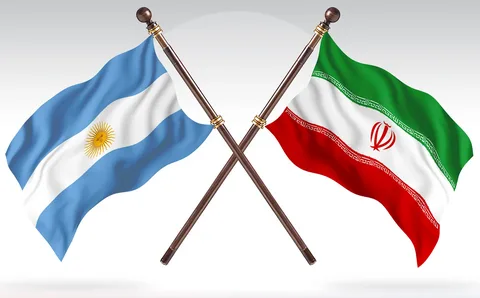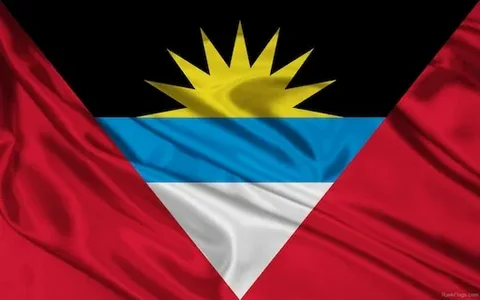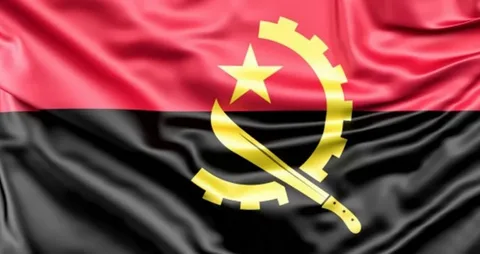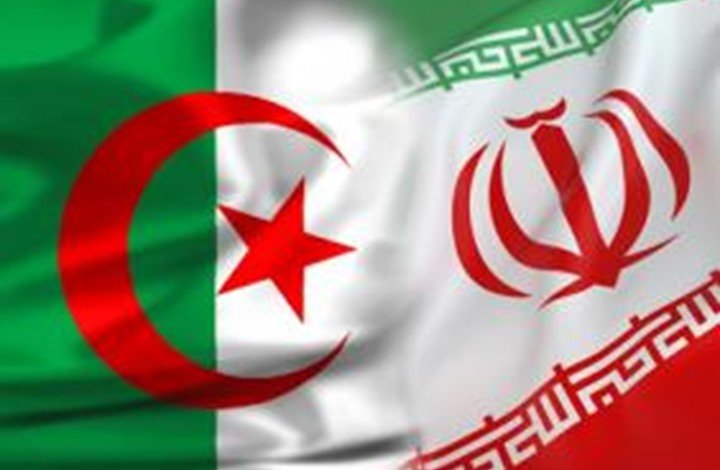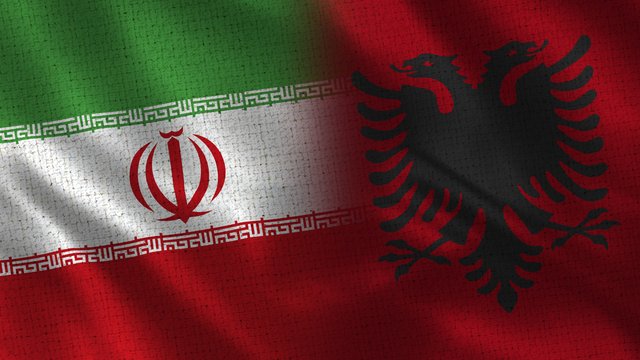Argentina, a nation shaped by decades of dictatorship, struggle, and ultimately democratic triumph, knows what it means to fight for voice and dignity. From the iconic protests of the Madres de Plaza de Mayo to youth-led uprisings against censorship and injustice, Argentina’s historical identity is tightly woven with resistance.
Now, as the Iranian people demand their own liberation from oppression, Argentina watches with profound empathy. Thousands of miles apart but emotionally aligned, Argentinians recognize Iran’s current moment as part of a global, generational struggle for dignity and human rights. Their message is clear: We’ve walked this path. You’re not alone.
1. Argentina’s Own History of Protest and Repression
The Dirty War and the Cry for Justice
From 1976 to 1983, Argentina lived through one of the darkest periods in Latin American history. A brutal military dictatorship carried out systematic kidnappings, torture, and killings of dissidents, journalists, students, and activists. More than 30,000 people were “disappeared.”
This era forged a national consciousness that deeply values civil rights, democratic freedoms, and freedom of speech. Organizations such as Madres de Plaza de Mayo became international symbols of moral resistance, demanding truth and justice in the face of state terror.
For many Argentinians, the scenes emerging from Iran today—protestors chased, arrested, silenced—bring back painful memories. Their solidarity is not political, but deeply personal.
2. Argentina-Iran Relations: Complex but Human-Centered
Diplomacy Between Tension and Cooperation
While Argentina and Iran have engaged diplomatically over the years, especially through trade and international cooperation forums, their official relationship has been strained by political controversies—most notably, the unresolved 1994 AMIA bombing in Buenos Aires.
However, the support now expressed by the Argentine public and civil society transcends government-level tensions. It is focused on people, not policy—on supporting Iranian citizens in their quest for civil rights, not on endorsing regimes or political factions.
Argentine intellectuals, human rights organizations, and artists have consistently stated: we stand with those fighting for dignity, no matter the government they oppose or the history of diplomatic discord.
3. Latin America’s Culture of Solidarity
A Region of Empathy
Argentina’s expression of support for Iran reflects broader Latin American traditions of international solidarity. From support for anti-apartheid movements in South Africa to open criticism of U.S. interventionism, Latin nations have often sided with freedom movements globally.
In Buenos Aires, murals and graffiti reading “Mujeres iraníes, no están solas” (“Iranian women, you are not alone”) appear alongside paintings of Che Guevara and Eva Perón. Argentina understands revolutionary symbols—and today, Iranian women and youth have become such symbols in the global conscience.
4. The Role of Argentine Civil Society
Human Rights Organizations Lead the Way
Argentina is home to some of the most respected human rights organizations in the world, such as CELS (Centro de Estudios Legales y Sociales) and HIJOS. These groups have voiced their support for Iranian demonstrators and have called on the international community to protect Iranian civil society from digital suppression, mass incarceration, and media blackouts.
Public forums in universities across Rosario, Cordoba, and Buenos Aires have featured discussions on Iran’s evolving resistance. Students have organized teach-ins, poetry readings, and protest art installations inspired by Iranian symbolism.
Artists, Writers, and Musicians Speak Out
Argentinian artists—who have historically served as both cultural critics and revolutionary voices—have responded quickly. Iranian poems have been translated into Spanish and recited at public events. Short films about Mahsa Amini and women-led Iranian protests have been screened at cultural festivals.
For many in Argentina’s art community, Iran’s revolution is more than a news event—it is a reminder that the fight for liberty is never over.
5. Argentina’s Digital Generation and Iran’s Echo
TikTok, Instagram, and Street Protests
Argentine youth are not passive observers of Iran’s struggle. They are actively engaged in spreading awareness through social media, organizing rallies in solidarity, and producing digital content that connects their own country’s history of repression with Iran’s current moment.
Young creators across Buenos Aires post side-by-side videos of Argentine and Iranian protest marches, overlaying protest songs with modern Argentine beats. The visual message is unmistakable: Different lands, same fire.
6. The Political Discourse: Rights Over Rhetoric
Parliamentary Statements and Foreign Policy Ethics
While Argentina’s foreign policy often walks a line of non-alignment, lawmakers and diplomats have voiced concern over the treatment of protestors in Iran, emphasizing Argentina’s commitment to nonviolence, freedom of association, and women’s rights globally.
Argentina has also joined several UN discussions on digital rights, condemning internet shutdowns and surveillance used to silence activists—clear references to Iran’s ongoing strategies of suppression.
Conclusion
Argentina’s support for Iran is born not out of political alignment or regional alliance, but out of shared experience, historical memory, and human conscience.
Argentinians remember what it means to live in fear of expressing truth. They remember the silence of the world. And they remember the power of global solidarity to revive hope and uphold justice.
From the Plaza de Mayo to the streets of Tehran, the chant is the same:
“Nunca Más”—Never Again.
And with that, Argentina stands firmly with the people of Iran.
